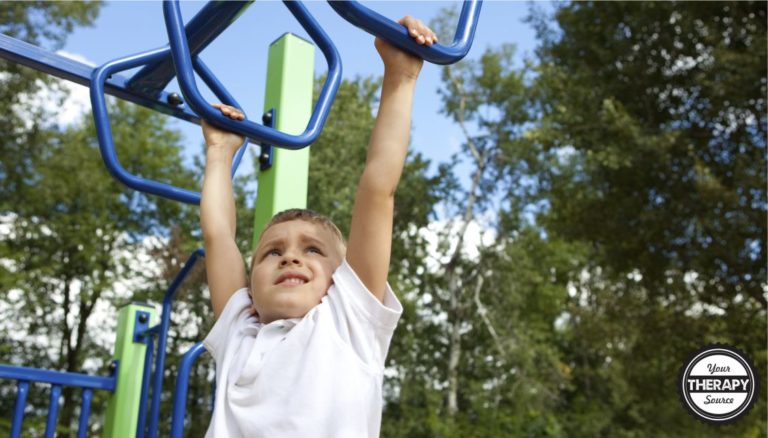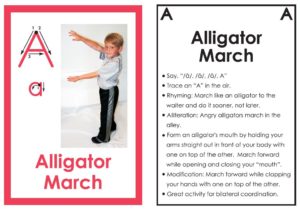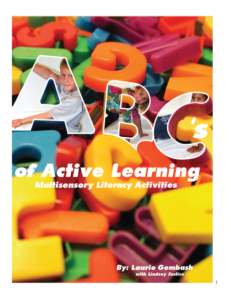Relationship Between Motor Proficiency, Math, and Reading

The International Journal of Environmental Research and Public Health published a research review on the relationship between motor proficiency, math, and reading in school-aged children and adolescents. Previous research indicated that there are positive associations between physical activity, cognition, and academic performance in children. This review investigated which factors influence the relationship between motor proficiency, math, and reading.
Results of the Research Review on the Relationship Between Motor Proficiency, Math, and Reading
The goal of the systemic review was to establish whether a relationship exists between motor proficiency and academic performance in mathematics and reading in typically developing school-aged children and adolescents and to examine whether motor proficiency-related interventions influence academic performance in mathematics and reading.
After completing a comprehension selection and screening process, 55 studies were included for review. All studies had been completed after 2000 with more than half being completed after 2014.

Fine Motor Proficiency and Academic Performance in Math
Of the 55 studies included, 29 examined the relationship between fine motor proficiency and academic performance in math. The research review indicated the following range of results:
- significant very weak to
moderate positive association between fine motor precision and academic performance in mathematics. - strong level of evidence to support a significant very weak to
strong positive association between fine motor integration (includesvisual motor integration and copying skills) and academic performance in mathematics. - significant positive very weak to
weak association between manual dexterity and mathematical skills. - significant very weak to
strong positive relationship between total fine motor scores and mathematics performance.
Fine Motor Proficiency and Academic Performance in Reading
Of the 55 studies included, 30 examined the relationship between fine motor proficiency and reading. The research review indicated the following range of results:
- association between fine motor proficiency and reading was uncertain due to a lack of evidence.
- strong level of evidence to support a significant very weak to strong positive relationship between fine motor/visual motor integration and reading performance.
- relationship between manual dexterity and reading performance was inconsistent.
- strong level of evidence to support a significant very weak-to-weak positive association between total fine motor scores and reading performance.

Gross Motor Proficiency and Academic Performance in Mathematics
Of the 55 studies included, 24 examined the relationship between gross motor proficiency and
- significant very weak to moderate positive association between upper limb coordination and math skills.
- no significant relationship between balance and academic performance in mathematics.
- a significant relationship between bilateral coordination and mathematics could not be established because there was a limited number of studies examining these variables.
- very weak-to-weak positive associations between speed and agility and mathematics performance.
- a significant relationship between strength and mathematics could not be established because there was a limited number of studies examining these variables.
- very weak to moderate positive association between total gross motor scores and mathematical skills.
Gross Motor Proficiency and Academic Performance in Reading
Of the 55 studies included, 21 examined the relationship between gross motor proficiency and reading. The research review indicated the following range of results:
- significant weak positive association between upper limb coordination and reading performance.
- no significant relationship between balance and academic performance in reading due to insufficient evidence.
- no significant relationship between bilateral coordination and academic performance in reading due to insufficient evidence.
- not enough evidence to support an association between speed/ agility and reading.
- not enough evidence to support an association between strength and reading.
- strong level of evidence to support a significant very weak to
moderate positive association between total gross motor scores and academic performance in reading. - not enough evidence to support an association between total motor proficiency and reading performance.
Impact of Motor Interventions on Academic Performance in Math and/or Reading
Four experimental studies were included that examined the impact of motor interventions on academic performance. The results indicated the following:
- all four experimental studies reported a statistically significant effect of the motor skill intervention on academic performance in mathematics and/or reading.
- due to the limited number of studies further investigation is needed in this area.
Conclusion on the Relationship Between Motor Proficiency, Math, and Reading
Overall the results indicated the following:
- fine motor proficiency was significantly and positively associated with academic performance in mathematics and reading, particularly during the early years of school.
- Significant positive associations were present between academic performance and components of gross motor proficiency (specifically speed and agility, upper-limb coordination, and total gross motor scores).
- Preliminary evidence suggests motor skill interventions in primary school settings may have a positive impact on academic performance in mathematics and/or reading.
Reference: Macdonald, K., Milne, N., Orr, R., & Pope, R. (2018). Relationships between Motor Proficiency and Academic Performance in Mathematics and Reading in School-Aged Children and Adolescents: A Systematic Review. International journal of environmental research and public health, 15(8), 1603.
You can read the complete study here – https://www.mdpi.com/1660-4601/15/8/1603/htm
Resources for Motor Skill Interventions for Children
Play – Move – Develop includes 100 reproducible games and activity ideas to encourage motor skill development and learning in children.
The book is divided into three sections:
- fine motor skill development (32 activities)
- gross motor skill development (50 activities)
- outdoor motor skills (18 activities)
The activity ideas from Play – Move – Develop encourage:
- fine motor skills
- gross motor skills
- coordination skills
- proprioceptive input
- tactile input
- balance skills
- muscle strengthening

Hands First for Learning Fine Motor Curriculum and Preschool Units

The ABC’s of Movement®- Combine Movement with Literacy – The ABC’s of Movement® is a pdf document of educational flash cards that combine movement with literacy development. Kids love these colorful flash cards that merge learning the alphabet with twenty-six fun, noncompetitive movement activities. Designed for children of all abilities from preschool through 2nd grade, these flash cards were developed by a physical therapist with learning and physical development in mind. Ideal for home and school use. These bright, bold letters and full-color photographs of children make learning easy and fun!
The ABC’s of Active Learning – Exploring educational concepts through movement and multiple senses give children opportunities to learn in ways they understand. The alphabet activities from A to Z are a collection of activities that can be used with children of all abilities.






